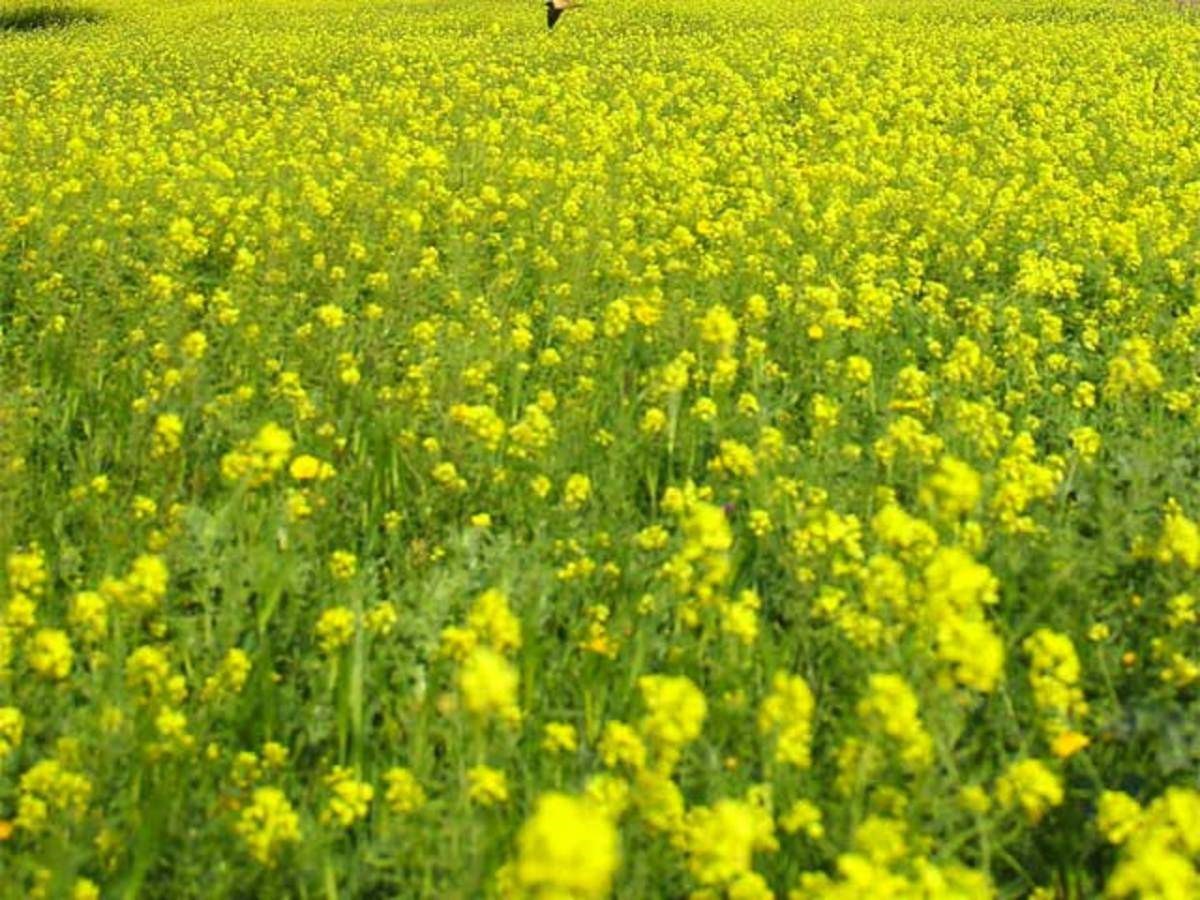Mustard, any of a few spices having a place with the mustard group of plants, Brassicaceae (Cruciferae), or the topping produced using these plants’ impactful seeds. The leaves and stems of mustard plants are utilized as greens. Mustard produced flavours using the seeds of a mustard plant (white/yellow mustard, earthy coloured mustard, or dark mustard)
Regional Use Of Mustard
Mustard seeds are utilized as a flavour and spices in Pakistan, India, Sri Lanka, Nepal, and Bangladesh. The seeds are generally roasted until they pop. The leaves are additionally pan-seared and eaten as a vegetable. In India, mustard oil is utilized for body kneading during extreme winters, as it is suspected to keep the body warm. In Bengali food, mustard oil or Sarso Tel is an excellent cooking medium.
Mustard seeds are likewise fundamental fixings in fiery fish dishes like jhala and paturi. An assortment of Indian pickles comprising mangoes, red bean stew powder, and powdered mustard seed saved in mustard oil are well known in southern India.
It requires a cool and dry climate and a reasonable stock of soil dampness during the developing time frame and clear dry weather at the hour of development. Mustard grows in the Rabi season from September-October and February-March.
Varieties Of Mustard Seeds
There are around 40 varieties of mustard plants all over the world. But there are three varieties of mustard seeds: yellow, brown, and black for culinary use. Every variety of mustard is produced using a specific proportion of the fundamental kinds of seeds. Likewise, mustard isn’t tart, unpleasant, or hot until the ground seeds blend in with the liquid.
Farming Of Mustard
Farming Of Mustard in India is the fourth-largest giver of oilseeds, and Rapeseed and it contribute about 28.6% of total oilseeds production. Mustard seeds and mustard oil are used for food purposes. Fresh leaves are used for vegetable purposes. Its oil cake is used for feeding cattle, after processing.
Mustard-rapeseed groups include Indian mustard, Brown, black and yellow sarson. It is majorly grown in Rajasthan, Gujarat, UP, Haryana, Madhya Pradesh, and south Indian areas like Andhra Pradesh, Karnataka, and Tamil Nadu. In Himachal Pradesh, Haryana, UP and Punjab, it is included as a spring crop. Earlier brown sarson was grown in many areas. Brown mustard has two varieties: Lotni and Toria. Toria is a short term crop planted under irrigated conditions. Lotni is a long term crop produced in Haryana and Punjab.
SOIL
Light to substantial soil is helpful for mustard and rapeseed development. Raya can be filled in soil though topsoil to heavy soils is reasonable for toria crop. Sandy and loamy sand soils are reasonable for these crops.
LAND PREPARATION
For excellent germination of yield, it’s anything but a fine seedbed. Do furrowing soil for a few times followed by two frightening. Do planking after each furrowing. Make a firm, saturated and equal seedbed and it will help in the same germination of seed. For effective land preparation, farmers need many implements and tractors to pull them. In this case, a farmer chooses a robust tractor in the face of New Holland Tractor, which completely lives up to their expectations.
PLANTING
Season
The best time to plant Mustard crops starts from September to October. For the toria mustard crop, its planting starts from the fortnight of September to October. For Raya crop total planting from Mid October to November End. When rapeseed-mustard developed as intercrop, the season of planting relies on the development of primary yield.
Spacing
To plant mustards, keep a space of 30 cm with distance of 10-15 cm between plants. For Gobhi Sarson, use the space of 45 cm in columns and plant to grow 10 cm.
Planting Depth
Seeds are planted at the profundity of 4 to 5 cm.
Method For Sowing
Use a seed drill for planting reasons.
IRRIGATION
Give a pre-planting water system before planting of seeds. For significant development, the crop needed overall around three water systems apply at timespan weeks after planting. Apply a great measure of natural fertilizers in the soil, which will monitor dampness in soil.
HARVESTING
Harvest takes 110 to 140 days to develop, depending on the assortment. Gather crops when units become yellow and seeds become hard. To abstain from breaking misfortune, complete reaping in morning hours, with the assistance of sickle, slice crops near the ground. After then, stacked collected yields for 7-10 days. After legitimate drying, total sifting activity. For productive harvesting, farmers choose Sonalika Tractor, which gives them a better output.
How Mustard Oil is Created after Harvesting?
Mustard Oil is an essential oil in our life. To prepare mustard oil, these steps should be followed
- Mustard seeds should be collected from the market or any farm
- It must be dried in sunlight.
- They should be crushed in a machine.
- While grinding, a little water is added to it.
- Oil is obtained from mustard seeds.
- You should separate oil cakes.
- Oil is prepared, kept in containers and ready for use and sale.
We hope this content will help you to gain adequate knowledge about mustard farming in India. For more relevant and interesting information about crops, agriculture and innovative technologies, stay in touch with Tractor Junction.
